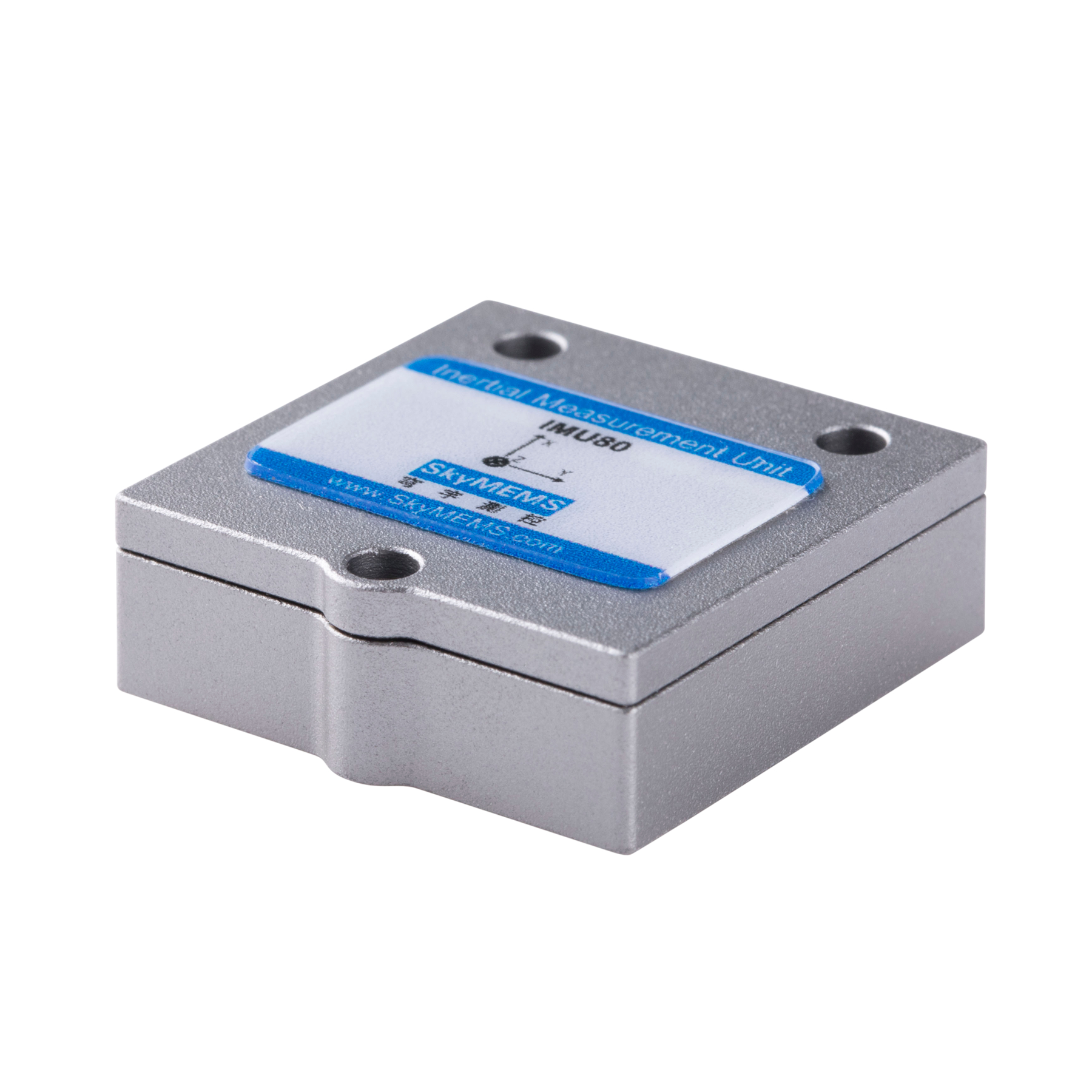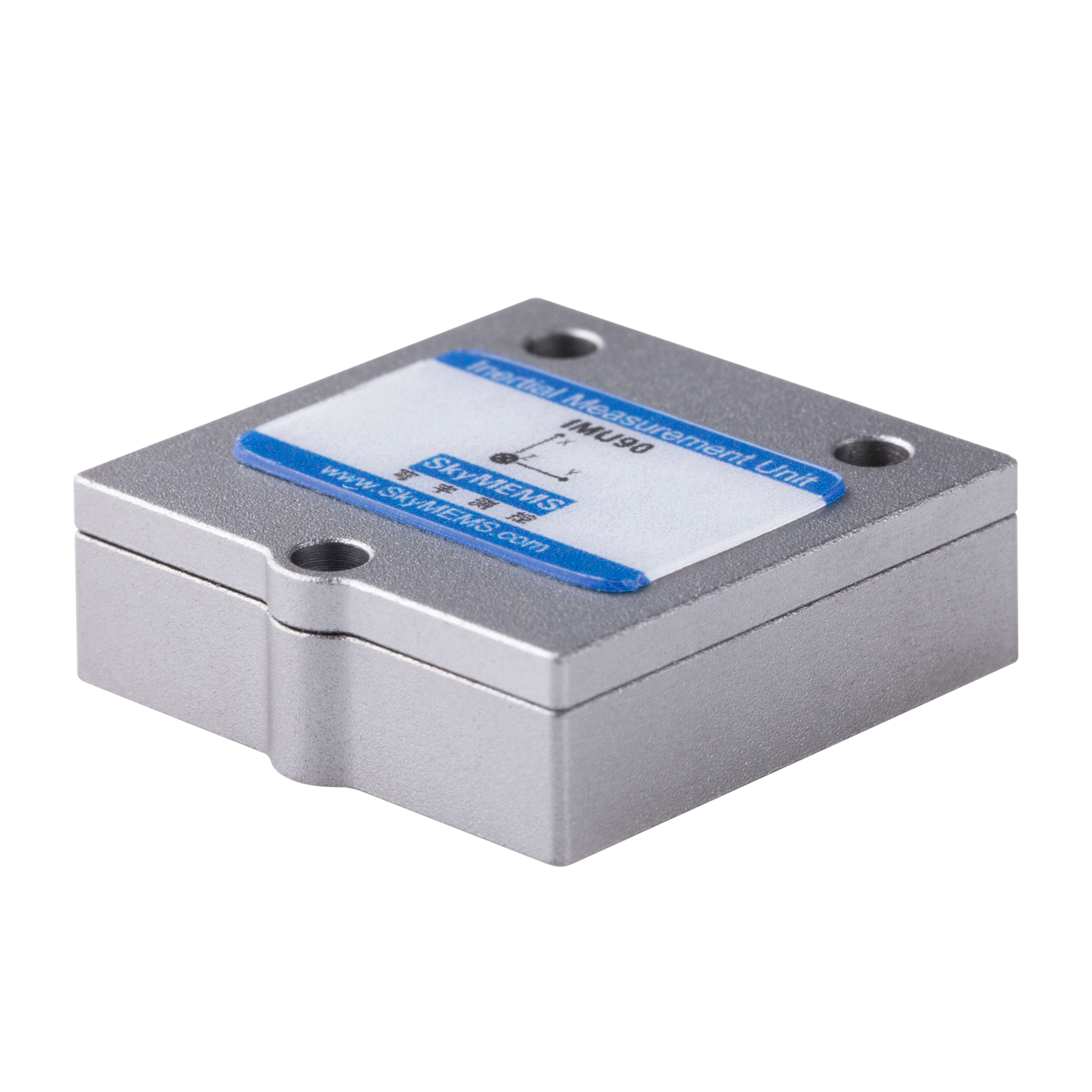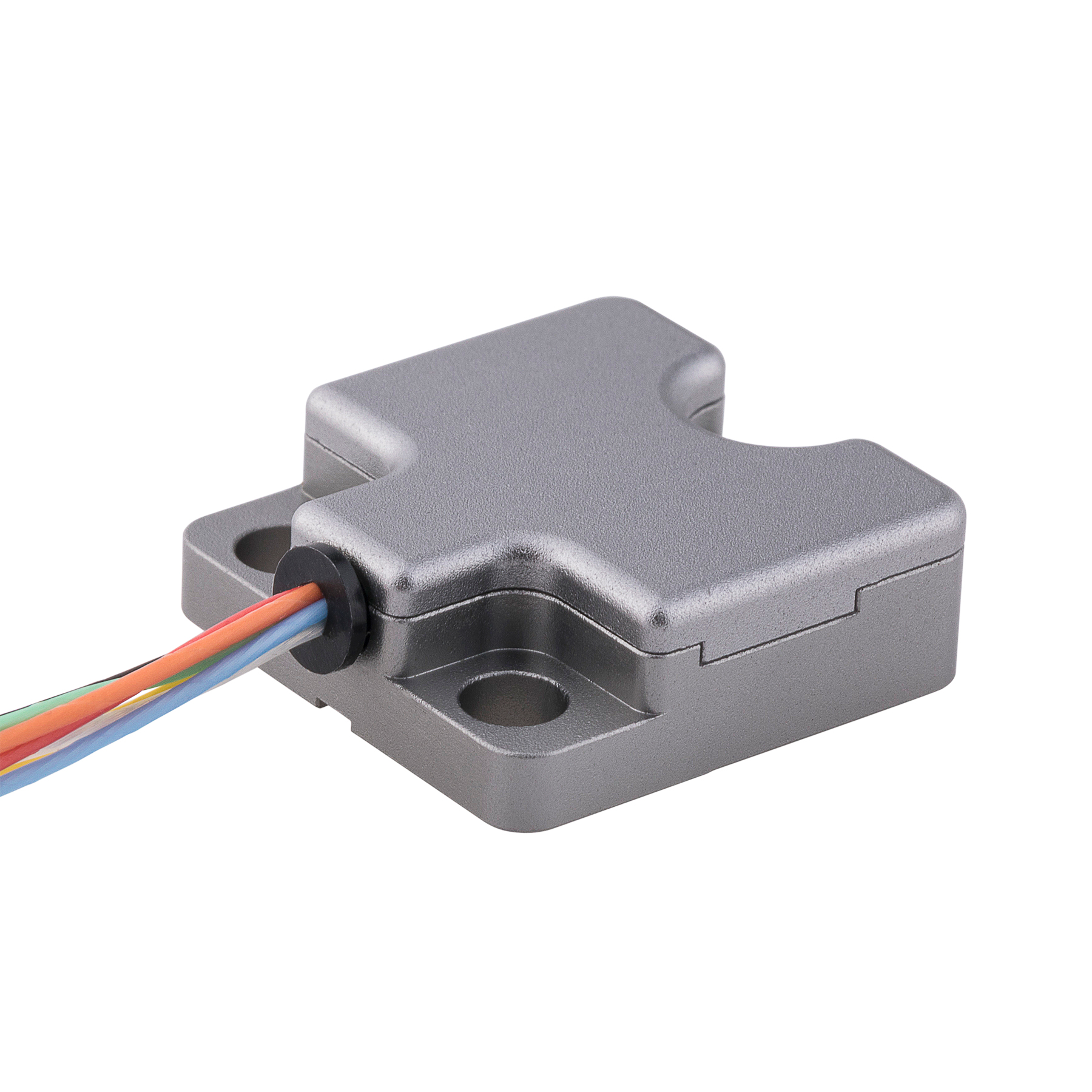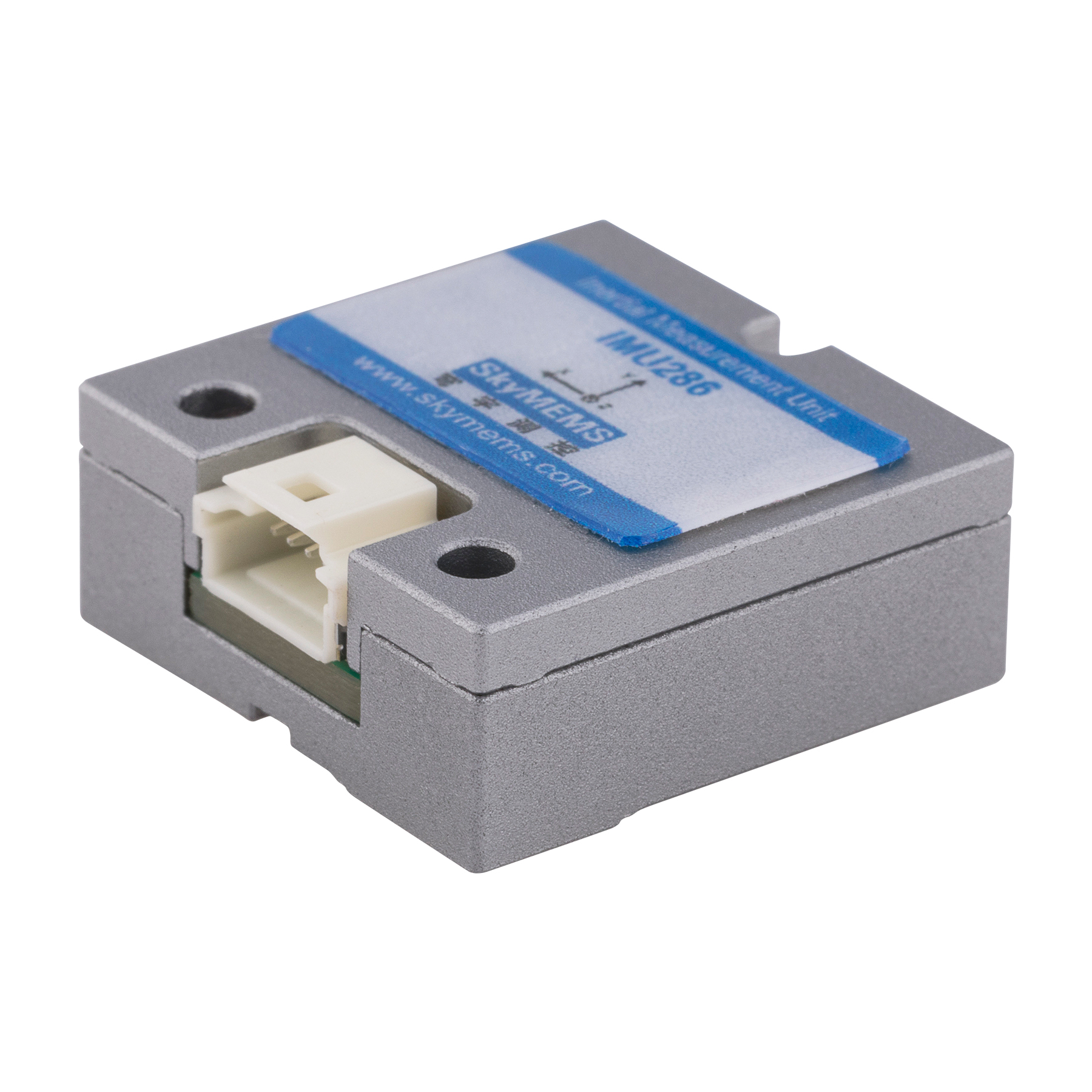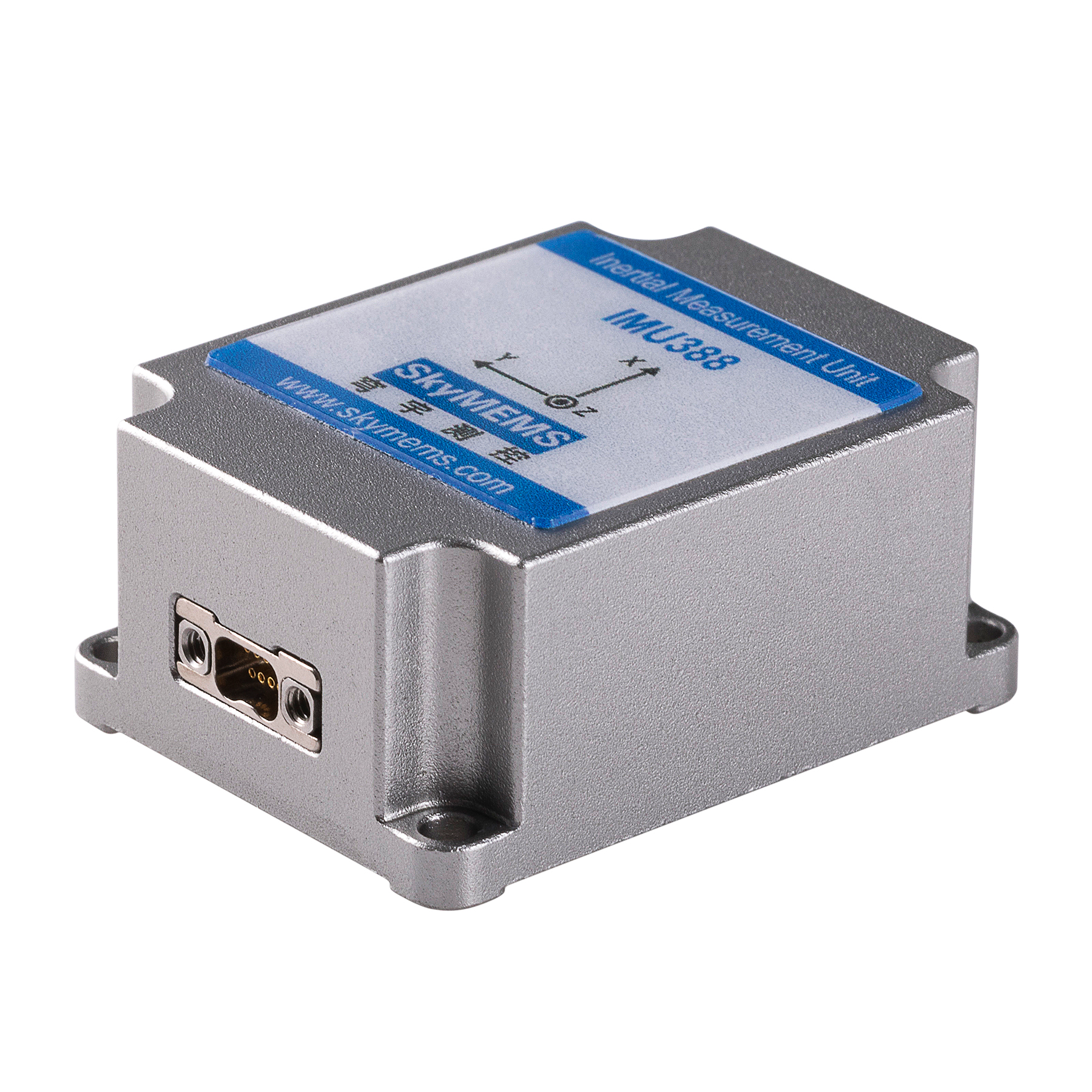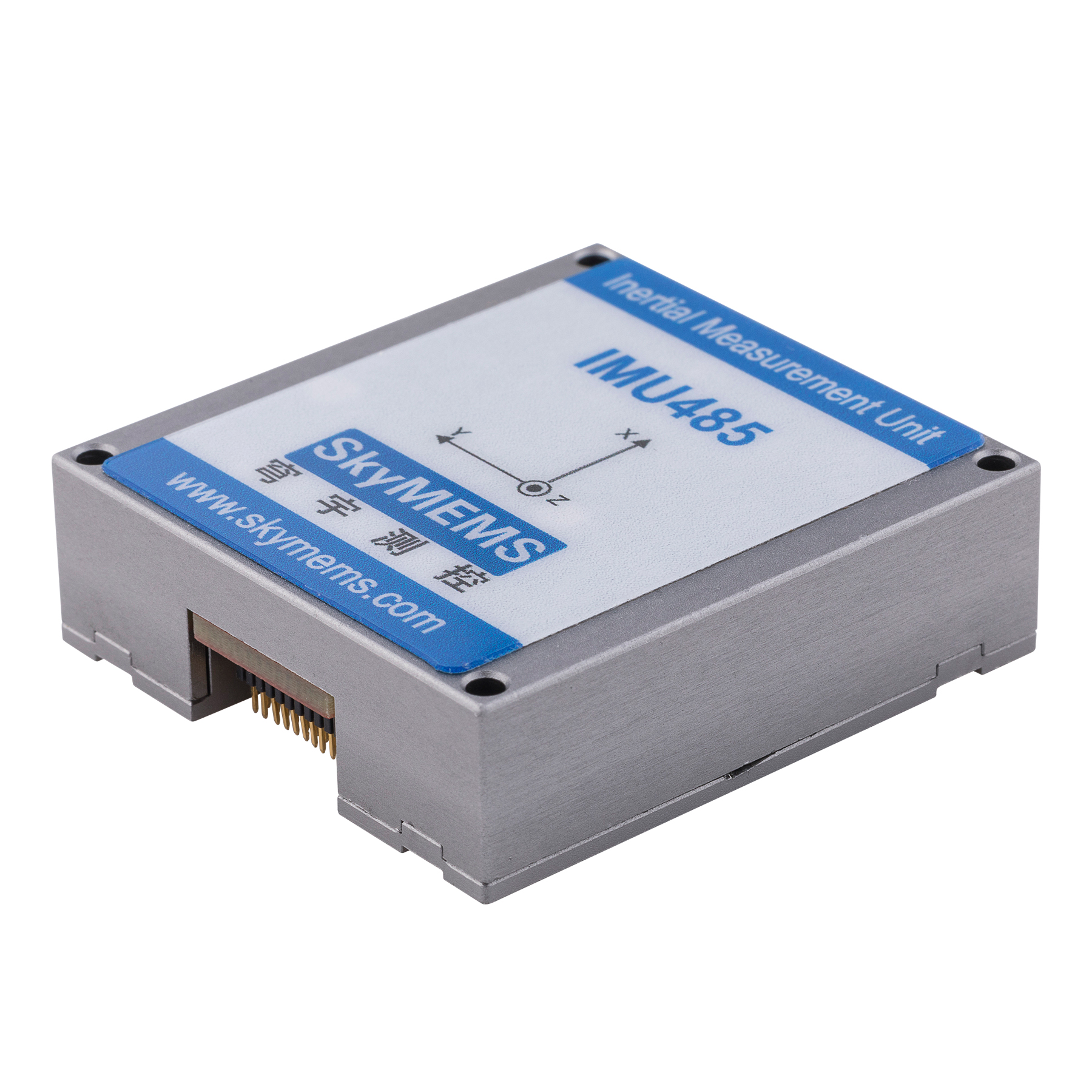A vertical gyroscope system is a device that is used to measure and maintain a consistent orientation in relation to the earth’s vertical axis. It is commonly used in a variety of applications, including aviation, military, and maritime navigation.
In aviation, a vertical gyroscope system is an essential component of an aircraft’s attitude and heading reference system (AHRS). This system is responsible for providing pilots with accurate and reliable information about the orientation and movement of the aircraft in relation to the earth. The AHRS consists of multiple sensors, including a vertical gyroscope, that work together to provide pilots with real-time information about the aircraft’s attitude and heading.
One of the primary benefits of a vertical gyroscope system is its ability to maintain a consistent orientation in the presence of external forces, such as wind, gravity, and acceleration. This makes it an ideal tool for navigation, particularly in environments where traditional methods, such as celestial navigation, may be unreliable or unavailable.
In military and maritime applications, vertical gyroscope systems are used for a variety of purposes, including navigation, targeting, and guidance. In these applications, the accuracy and reliability of the vertical gyroscope system is critical, as it can be used to guide missiles, torpedoes, and other weapons to their targets.
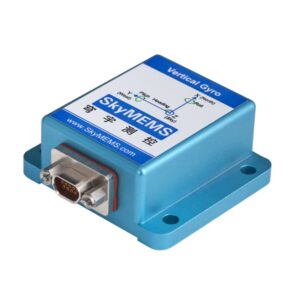
The History of the Vertical Gyroscope System
The concept of the gyroscope was first developed in the early 19th century by French physicist Jean-Bernard-Léon Foucault. However, it was not until the early 20th century that the vertical gyroscope system was developed and became widely used in aviation and other applications.
The Principle of Operation
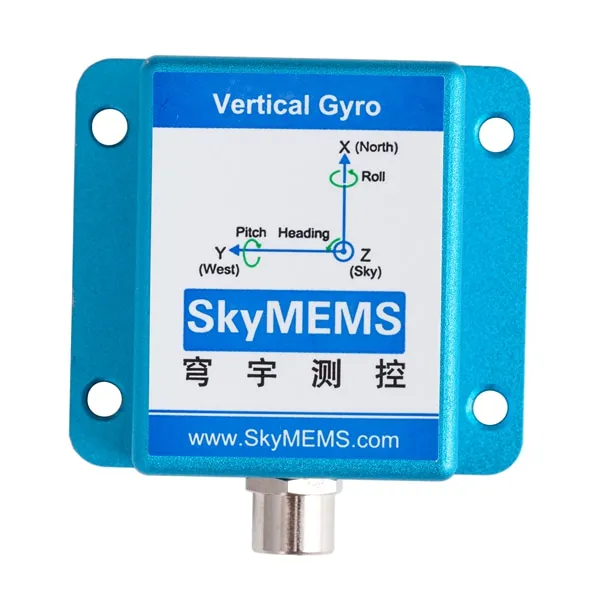
A vertical gyroscope system operates on the principle of angular momentum. Angular momentum is a measure of the rotational motion of an object, and it is conserved when there are no external forces acting on the object. This means that the angular momentum of an object will remain constant unless it is acted upon by an external force.
A vertical gyroscope consists of a spinning mass, typically in the form of a spinning wheel or disc, that is suspended in a gimbal. The gimbal is a device that allows the spinning mass to move in any direction, while still maintaining a consistent orientation in relation to the earth’s vertical axis.
As the gyroscope spins, it creates a torque, or rotational force, that resists any change in its orientation. This means that when the gyroscope is subjected to external forces, such as wind or acceleration, it will maintain its orientation and resist any change in its position.
Types of Vertical Gyroscope Systems
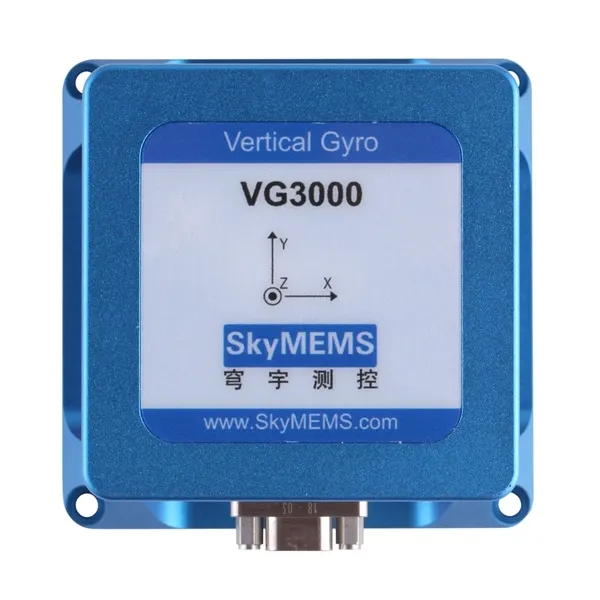
There are several different types of vertical gyroscope systems, each designed for specific applications and environments. Some of the most common types include:
- Mechanical gyroscopes: These are the most basic type of vertical gyroscope system, and they consist of a spinning mass suspended in a gimbal. Mechanical gyroscopes are relatively simple and inexpensive, but they are also relatively inaccurate and susceptible to drift over time.
- Fiber optic gyroscopes: These are a more advanced type of vertical gyroscope system that uses a fiber optic coil to measure the orientation of the gyroscope. Fiber optic gyroscopes are more accurate and less susceptible to drift than mechanical gyroscopes, but they are also more expensive.
- Ring laser gyroscopes: These are the most advanced type of vertical gyroscope system, and they use lasers to measure the orientation of the gyroscope. Ring laser gyroscopes are extremely accurate and virtually immune to drift, but they are also very expensive and require





